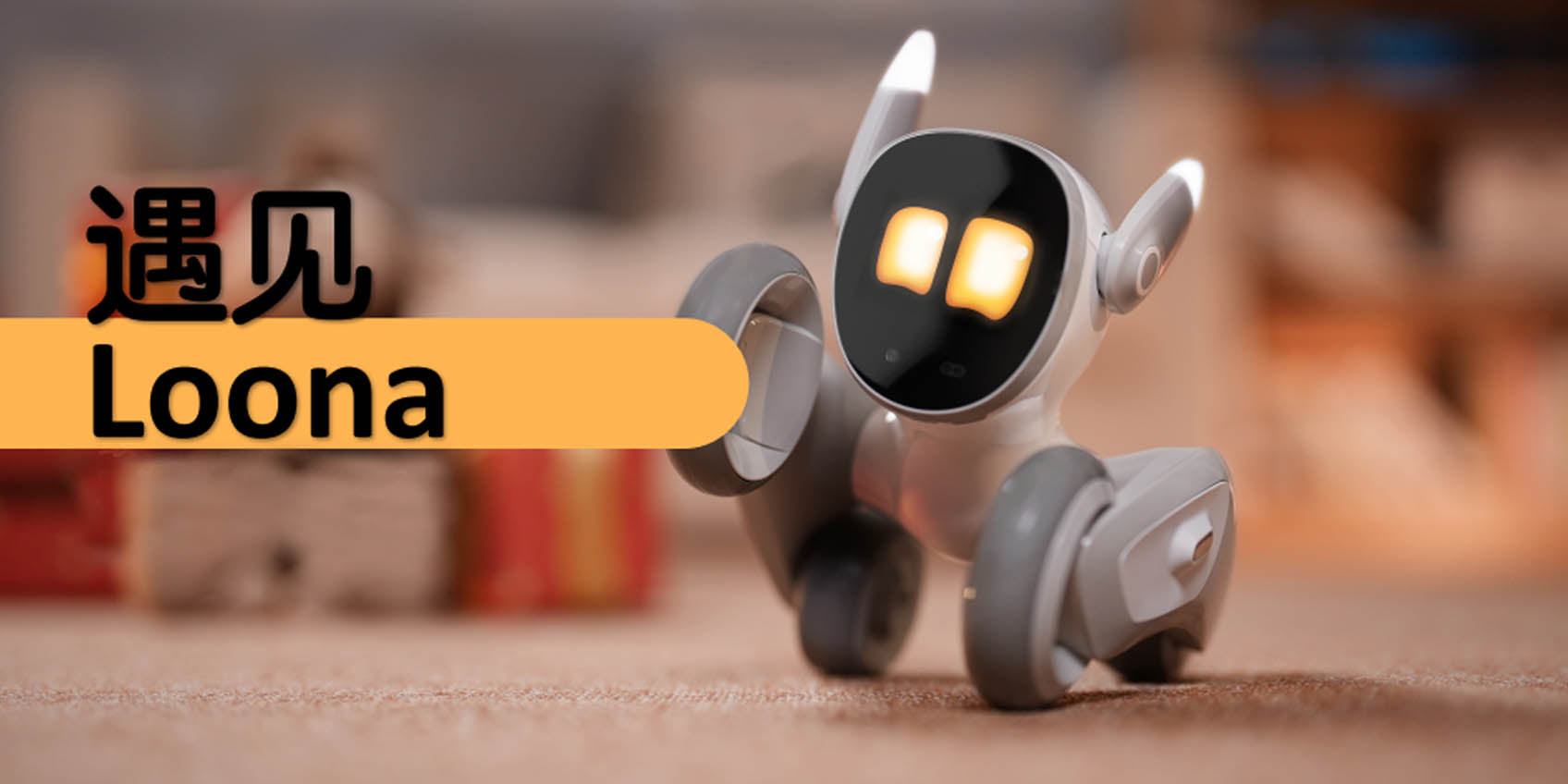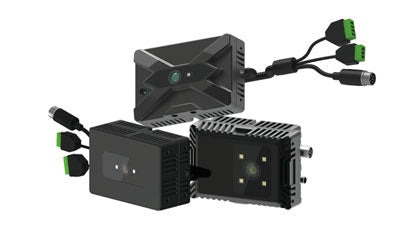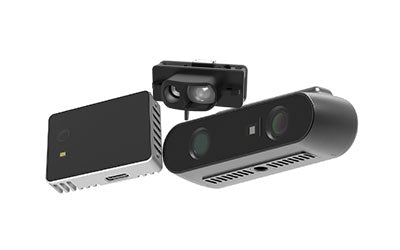Robotic Dog: Revolutionizing Smart Assistants and Future Companion

With advancements in artificial intelligence (AI), robotics, and the Internet of Things (IoT), the robotic dog is emerging as a groundbreaking innovation, bridging the gap between smart technology and human interaction. These intelligent machines integrate smart sensors, motion control, and AI algorithms to mimic real dog behaviors, providing companionship, security, and professional assistance.
Unlike traditional pets, robotic dogs require no feeding or care yet excel in human interaction, autonomous movement, and task execution. From entertainment to rescue operations, they showcase immense potential in various industries.
What is a Robotic Dog?
A robotic dog is a technologically advanced device engineered to simulate canine behavior, interact with humans, and perform designated tasks. Equipped with AI-powered perception systems, high-precision motion control, and real-time decision-making capabilities, these robotic companions serve multiple functions beyond companionship, extending into areas like security, medical assistance, and emergency response.
Core Technologies of Robotic Dogs
1. Advanced Motion Control & Mobility
With high-precision motors and AI-driven stability algorithms, robotic dogs achieve smooth, dynamic movement across various terrains. They can run, jump, and climb stairs with exceptional stability, making them ideal for outdoor patrols, rescue missions, and complex navigation tasks.
2. Smart Sensors & Environmental Awareness
To navigate autonomously, robotic dogs integrate LiDAR, infrared cameras, ultrasonic sensors, and thermal imaging. These allow them to:
- Map environments for safe movement.
- Detect obstacles and avoid collisions.
- Recognize human gestures and voice commands for natural interaction.
3. AI & Machine Learning for Adaptive Intelligence
With deep learning algorithms, robotic dogs continuously improve their responses based on past interactions. They learn user preferences, recognize emotions, and adapt their behaviors over time, making them intelligent personal assistants.
4. IoT Connectivity for Smart Integration
Through IoT connectivity, robotic dogs can communicate with smart homes, surveillance systems, and industrial networks. This enables them to automate tasks, send alerts, and enhance security systems seamlessly.
Key Applications of Robotic Dogs
1. Security & Surveillance
With AI-powered monitoring, robotic dogs serve as mobile security units, patrolling restricted areas, detecting intruders, and transmitting real-time video footage to control centers. They are widely used in:
- Industrial facilities for 24/7 monitoring.
- Military bases and airports for autonomous patrols.
- Disaster zones for search-and-rescue operations.
2. Medical Assistance & Elderly Care
In healthcare, robotic dogs assist in:
- Monitoring patient health and providing companionship.
- Reminding seniors to take medication and perform daily activities.
- Assisting individuals with disabilities by fetching objects and guiding movements.
3. Education & Learning Companions
As interactive learning tools, robotic dogs engage children in STEM education, teaching programming, mathematics, and language through hands-on interaction. They adapt to learning styles, making education more engaging and effective.
4. Entertainment & Emotional Companionship
AI-powered robotic dogs serve as smart pets, responding to voice commands, playing games, and expressing emotions. Unlike traditional pets, they require no feeding or maintenance, making them ideal for modern households.
5. Emergency & Rescue Operations
Robotic dogs play a vital role in disaster response by:
- Navigating unstable terrains to locate survivors.
- Using thermal imaging to detect human presence in smoke or rubble.
- Delivering medical supplies to areas inaccessible to humans.
Future Trends in Robotic Dog Development
1. Advanced AI Learning for Personalized Interaction
Future robotic dogs will feature more refined emotional recognition, enabling them to respond to human emotions, provide companionship, and offer psychological support.
2. Enhanced Multi-Tasking Capabilities
Beyond companionship, robotic dogs will evolve into multi-functional assistants, helping in logistics, agriculture, and construction, improving efficiency and automation.
3. 5G & Edge Computing Integration
With 5G-powered real-time processing, robotic dogs will enhance communication with smart cities and industrial systems, ensuring faster responses and seamless coordination.
4. Improved Durability & Autonomy
Next-gen robotic dogs will feature longer battery life, improved weather resistance, and enhanced AI decision-making, making them more reliable for outdoor and industrial applications.
Conclusion: Robotic Dogs Shaping the Future of Smart Living
As AI and robotics evolve, robotic dogs are redefining smart assistants, bridging the gap between technology and human interaction. Whether in security, healthcare, education, or entertainment, their role is expanding rapidly. With future advancements, robotic dogs will become more intelligent, adaptable, and essential in everyday life, revolutionizing the way we work, live, and interact with technology.
Synexens 3D Of RGBD ToF Depth Sensor_CS30
Our professional technical team specializing in 3D camera ranging is ready to assist you at any time. Whether you encounter any issues with your TOF camera after purchase or need clarification on TOF technology, feel free to contact us anytime. We are committed to providing high-quality technical after-sales service and user experience, ensuring your peace of mind in both shopping and using our products.
-
で掲示されます
CS30






